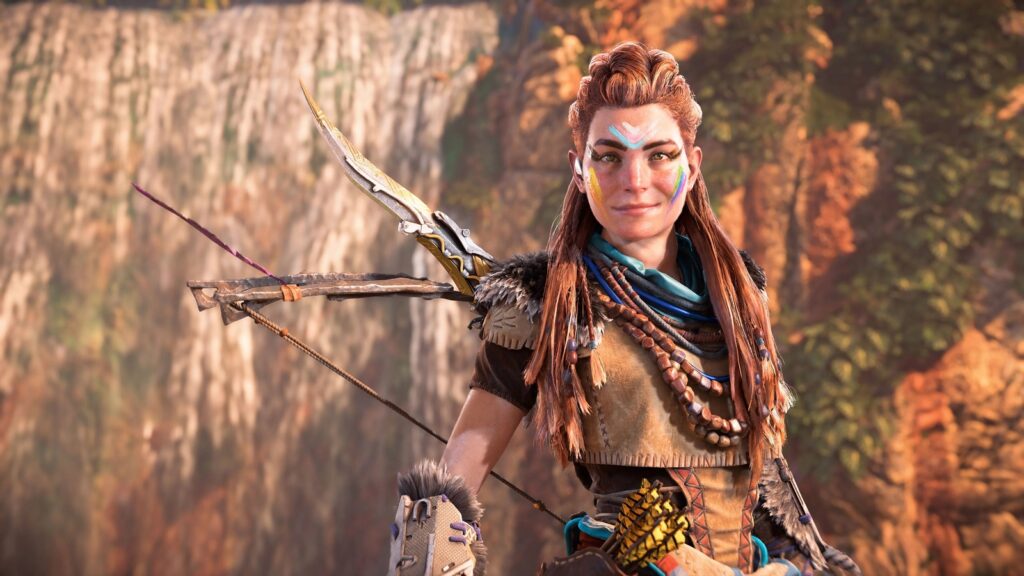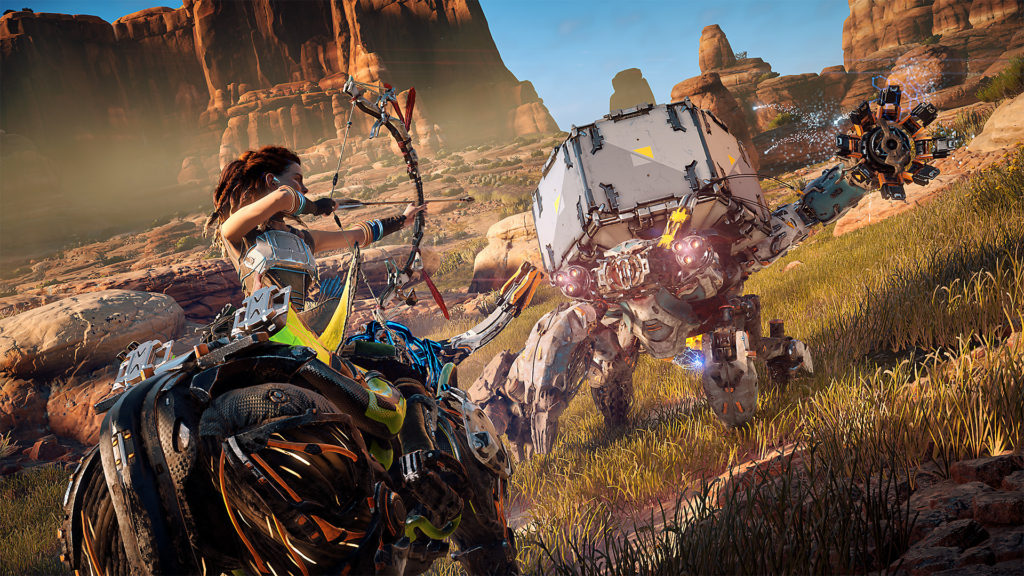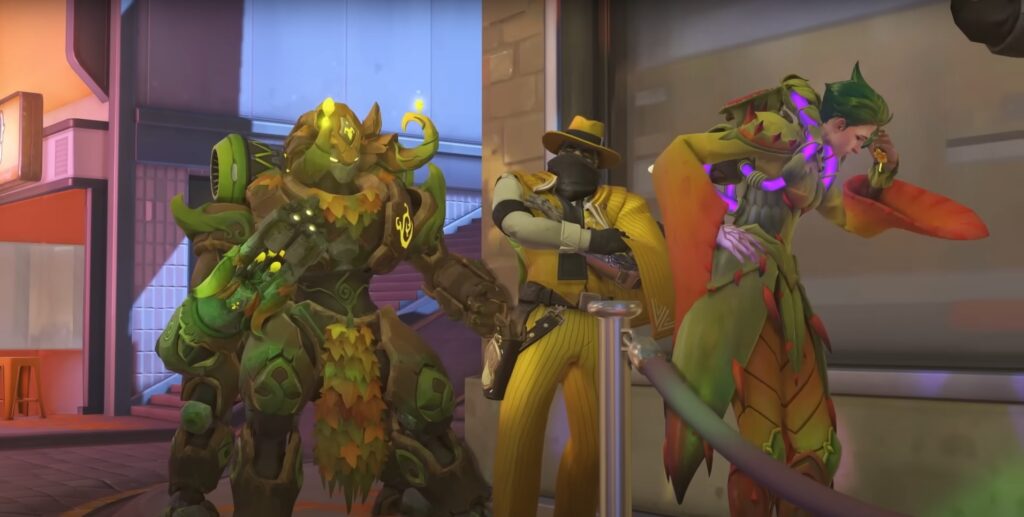My first Final Fantasy game was Final Fantasy X-2. I was young and into anime at the time, and was looking for something that required more mental effort than Dynasty Warriors’ button mashing, when I found this fantastic-looking game with three girls on the cover. Being a girl myself, I was looking forward to playing it and seeing what sort of fantasy world has badass girls in it. The memories of my actual playthrough are vague but I remember starting the game multiple times to rewatch the opening concert scene and just enjoying the transformation scenes whenever the girls changed job classes mid-battle. It reminded me of my younger days watching Sailor Moon cartoons and the then-not-too-long-ago Card Captor Sakura.

While little ten-year old me got lost in Spira, FFX-2 was generally received rather well among most gamers, despite the girliness and some debatable writing choices. It’s not the first Final Fantasy title to feature women as prominent story characters, nor would it be the last with FFXIII’s Lightning Farron and her sister Serah taking the main character roles in their respective installments.
But it could be said that women in games followed a particular pattern over the rest of the decade and the years to come – they’d be pretty, there’d be a good chance they kicked ass (and this was clear if you looked at the character design – God Eater’s Arisa isn’t carrying that big sword around for show.), and if they were in a heroic role chances are they’d either be the heroine proper, or be important to one of the protagonists.
There was a period where people started arguing over sexism in games – why women in RPGs have less body coverage compared to men wearing the exact same armor, why you could be violent to women (never mind that you’ve always been violent to men in games), why womens’ butts are more prominent in walk cycles (never mind that this is more to do with women’s hips making us walk such)…
But I was a kid, quickly going through the teenage years, that mostly looked to Japanese anime-looking releases and didn’t really give two shits about what some American women thought about fictional characters’ boobs. Besides, sexy women exist in real life, why shouldn’t they be in video games?
Some of my favorite women in games are those that some critics would deem “problematic” based on character design or cherrypicking – Rozalin and Raspberyl from the Disgaea series, Bayonetta, half the roster of Kantai Collection, Vi and Jinx from League of Legends. I’d gleefully point out that a lot of these “problems” owe to cultural differences between audiences and developers, but I digress.

Overseas people would talk about Quiet, Fem!Shep, Ellie, Lara Croft. Some of these characters are interesting because they’re women, and some of them are interesting and are incidentally women. But many of them, east and west, have a bad habit of falling into writing tropes that are populated with a lot of women characters – assistants to a lead male, being substitutes for a lead male, being the only conspicuous female, typecast into traditional female roles, or otherwise being put in vulnerable or particular situations due to their femininity. This is exacerbated in the east where a lot of them are just there to attract male gamers. (There, I said it!) I’m not saying these are bad things, because they objectively aren’t, and these characters have a place in the world (as my Kantai Collection wall scroll attests to), but for a very long time there has been room to improve.
Fast forward to 2017 when some of the most talked about games feature women at the helm. Aloy is arguably one of the best female heroes in games to date, shooting her way through the world of Horizon Zero Dawn in a way that would make even Doom Guy stop and stare. While not unattractive, Aloy isn’t a typical female protagonist in that her femininity is being shoved into your face, compared to this year’s other frontrunners so far: killer robot 2B and phantom thief Ann Takamaki, both from Japanese developers, and both in form-fitting attractive outfits that do show some skin. Scale back a bit to December 2016, where the game community was in a bit of an uproar after Overwatch’s poster girl Tracer was confirmed to be gay – and the hilarity in hindsight when we remember that the same character was previously in the news for one of her poses purportedly showing off too much (fully clothed!) butt.

Aloy is a breath of fresh air in a world of damsel protagonists, as she spends most of Horizon saving everyone’s asses, but for me, Aloy’s strength isn’t that she’s female – it’s that she’s strong, determined, and has very clear-cut goals for herself. Aloy isn’t relatable to me, a woman, because she’s a girl, but because she is out on a quest to uncover her identity, to explore the world and incidentally save the world from killer robots, and to find her place in the world. These aspects of her character have nothing to do with Aloy owning a set of boobs, or being interested in men (or women), or wanting to look pretty and own ALL of the clothes (because there are a LOT of clothes in Horizon!), or whatever it is we think being “feminine” is supposed to be.

For all intents and purposes I could take that brief description I made of Aloy and swap her out for Breath of the Wild’s Link and it wouldn’t make any difference, even considering that Link is ALSO running around with a huge wardrobe of fashions (that you can recolor, dear lord.). The two are unusually similar, down to shooting things down with a bow on horseback and having come out of a cave in a mountain at some point with a funny gadget that lets you interact with everything, up to and including ghosts of the past.
If each character’s gender is taken into account however you can start spotting bits where Aloy comes out to be the stronger character – she doesn’t have to crossdress to get into a specific town, for example, and she’s not sexually harassed by giant women in flower fountains. Granted, gendered insults exist in Horizon, but Aloy deals with them in a very satisfying and cathartic manner.
But as I mentioned earlier, there’s a place for all of these characters in the world. Aloy, 2B and Anne are fantastic characters regardless of how feminine people perceive them to be, and there’s room for women of all kinds in games – cutesy anime girls, femme fatales, mothers, daughters, sisters, grandmas, robot AIs, high school students, gun-toting witches, literal ships, time-traveling lesbians, and asskicking redheads.
While many look to women in games as role models, these characters should rightfully represent what women should aspire to be – whatever they damn well please.





